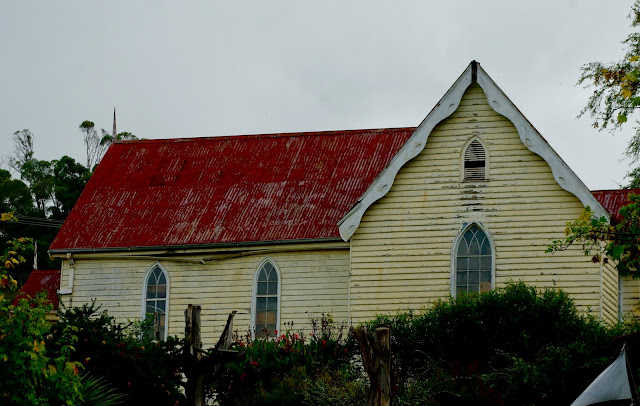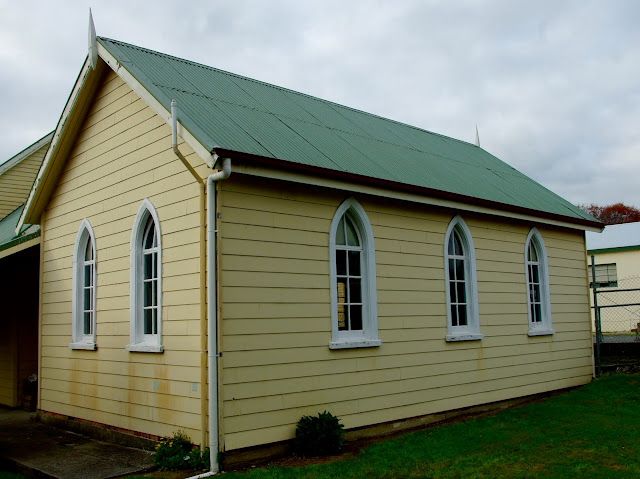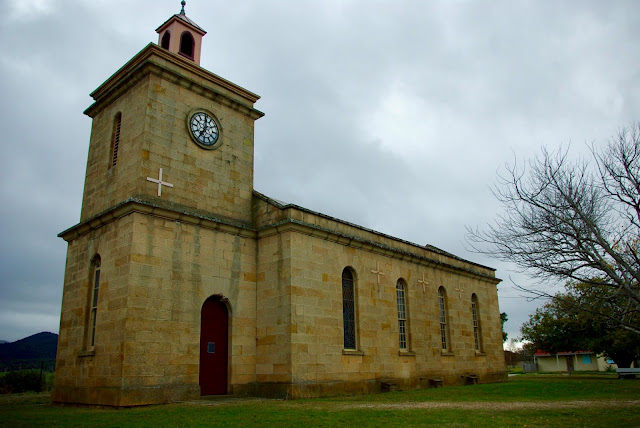No. 164 - Forth Methodist Church - "Heads and Faces"

The 50th Jubilee celebration of the Methodist Church at Forth in 1925 was a memorable event for the town. The Advocate reported that it was: “…Attended by the largest crowd that has assembled at Forth for many years…Services were held at 3 p.m. and 7 p.m., but the largest congregation was in the afternoon. The building had been provided with extra accommodation, but this was all occupied 20 minutes before the time of starting…” The size of the congregation continued to grow to the point that an “open air service was decided upon”. The seats were removed from the church and the service was conducted from “one of the numerous motor cars nearby” to a crowd of some 350 worshippers. The extent of the crowd was an acknowledgement that Forth had at one time been an important centre in the expansion of the Methodism across the North West Coast. Methodist and Wesleyan activity began in 1853 at Don and gradually extended westwards. The first service on record in the Ulverstone area was at the h...



